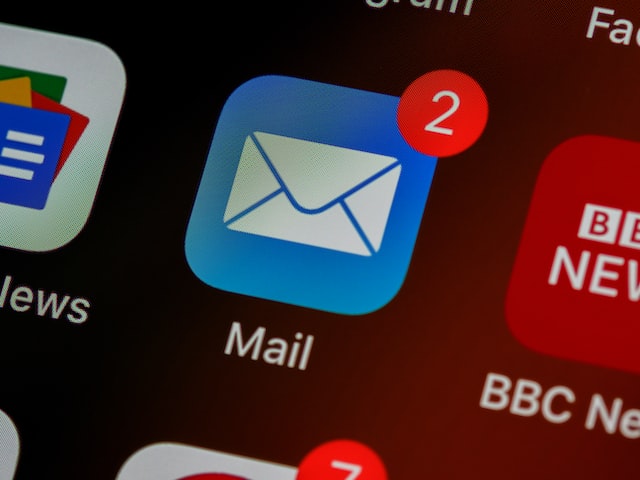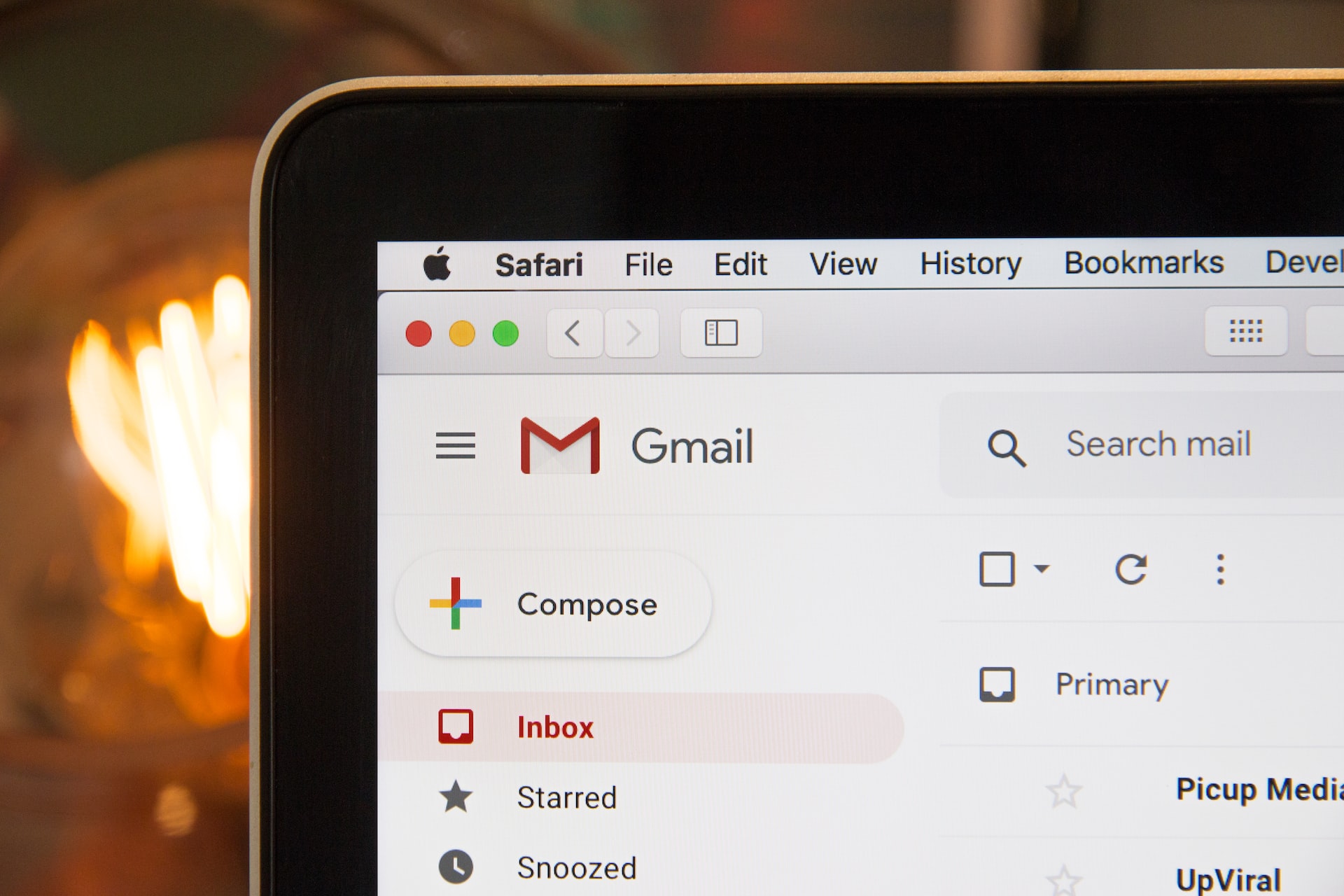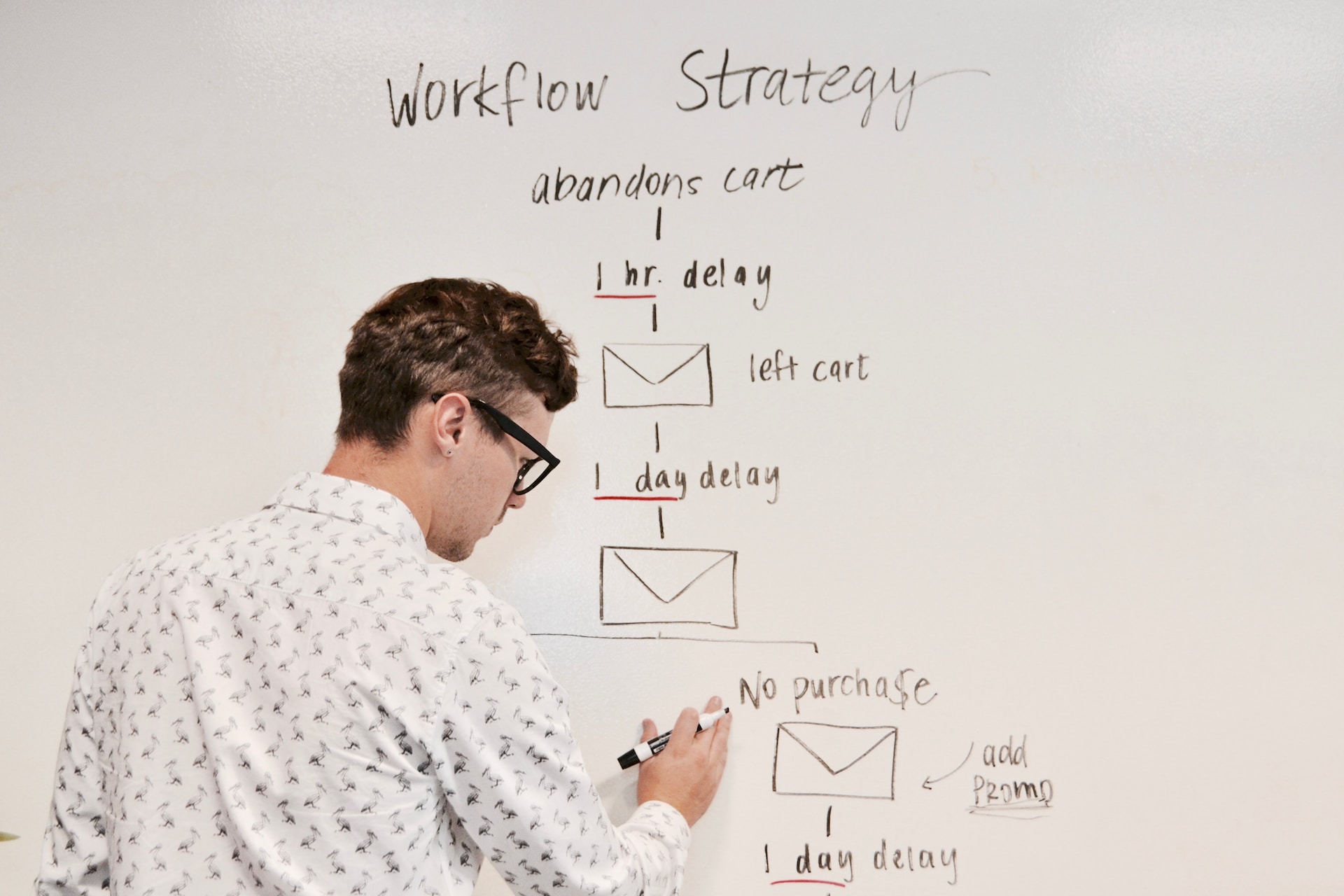The Power of Email Marketing for Small Businesses
Emailing ranks among the oldest methods of digital communication. Since then, newer methods of audience or customer communication have emerged. Among them include social media marketing, SMS marketing, and others. However, one edge email marketing has over other forms of marketing is its significantly larger user base (over 4.5 billion people) and frequency of usage.
We all have something to do with our emails every day, sometimes several times a day. This makes emailing a powerful strategy you need to incorporate to grow your company. It is understandable why 95% of marketers claim that email marketing is an excellent channel for generating business results, according to the Hubspot and partner organizations' 2022 State of Marketing Report.

Benefits of Email Marketing for Small Business
Being an established and highly favored digital communication medium with a very large user base is just one of the several benefits of email marketing for small businesses. Here are some others:
1. Increased ROI
While several sources say that email ROI stands at $36 for ever
y $1 spent, a study by eMarketer indicates that the median ROI of email marketing is 122% which is four times greater than that of any other digital marketing strategy. This figure can even increase further if you utilize techniques such as A/B testing, a double opt-in, and a regular or consistent schedule.
You can easily track the ROI of your email campaigns with the formula below:
Net profit (Email marketing gross profits – Email marketing costs) ÷ Email marketing costs
For example, say you earned $6,000 in sales from one email marketing campaign after spending $350, then your ROI will be:
$5,650 ($6,000 – $350) ÷ $350 = 16.14
Therefore, for every dollar you invested in the campaign, you earned $16.44.
2. Build Brand Credibility
A small business that uses email marketing to consistently deliver high-quality content can become an industry authority and, hence, enjoy greater credibility and recognition as an expert in its field. Your brand gains increasing recognition and trust the more users communicate with it and derive utility from it.
Studies indicate that it takes between 5 and 7 impressions for people to recognize a company logo and that 80% of men and 76% of women prefer to purchase from brands they recognize. Small businesses can use email marketing campaigns to earn credibility, which can help drive growth and ensure a competitive advantage.
3. Build Brand Awareness
By initiating regular email communication with its customers, a small business can increase brand awareness and loyalty. Staying top-of-mind with customers helps build strong relationships that bring about repeat business and referrals. In a nutshell, a well-organized email campaign that lasts for several months can increase both customer engagement and repeat conversions.
The key to developing brand awareness through email marketing is to adopt some email marketing best practices that ensure highly optimized campaigns, e.g., consistency, creating solution-focused content, personalization, mobile friendliness, and more.
4. Boost Sales
Promoting your small business through email marketing allows your audience to make purchases right from their mobile phones or laptops. A well-conducted email campaign is bound to increase sales, either directly or indirectly. Promotional emails can immediately attract more clients and drive sales, either by inducing an instant sale or by generating leads for future transactions.
Small business email marketing can be leveraged to convert prospects, increase referrals, upsell to current clients, and even re-engage clients that have not made a purchase for a relatively long period of time. The more relevant and targeted your email content is, the higher the probability of the reader taking action.

5. Cost Effective
If you investigate the cost-effectiveness of the various marketing channels, you’ll observe that email marketing is easily the winner. In email marketing, your small business does not have to pay for print, postage, ad space, or any other associated costs. All you have to do is pay a very affordable monthly fee to your email client, and you can send as many emails as you wish. This puts email marketing ahead of search, display, and social media marketing when it comes to cost-effectiveness.
6. Affordable Marketing Plan Options
Budget constraints are a feature of many businesses, especially small ones. While large companies can easily afford advertising space during the Super Bowl, such a luxury is usually beyond the reach of small businesses. Luckily, the costs of starting an email marketing campaign are usually very low. Most service providers offer affordable marketing plans that scale as your email list and your small business grows.
7. Increase Your Audience
First, it is necessary to segment your email list for improved targeting, which ensures that your messages reach the right people at the right time. Next, be sure to create subject lines capable of enticing readers to open your emails, as well as design visually appealing, mobile-friendly emails that have been optimized for maximum effect. With nearly two-thirds of all emails being opened on a mobile device, email marketing is one of the best tools through which a small business can leverage the rising popularity of mobile technologies.
Another key challenge is to always craft valuable problem-solving email content (to justify the catchy subject lines) and include calls to action to encourage clicks. Personalization of emails is also an effective way of boosting engagement and developing a stronger bond with your subscribers.
8. Measure Your Campaign Results
At the end of the day, it doesn't matter how well you’ve managed to optimize your emails if you can't measure the results of your campaigns. A thorough analysis of KPIs will help you know the extent to which you are achieving your business goals. For instance, at what rate is your subscriber database growing? Are you generating enough leads? How many existing leads have you converted into customers?
Here are the key metrics every email marketer should be tracking:
List Growth Rate: This measures the rate at which your email list is growing, accounting for new subscribers, unsubscribes, and email/spam complaints. It provides insight into the health and reach of your email marketing efforts.
Email Sharing/Forwarding Rate: This indicates how often your subscribers are sharing or forwarding your emails to others. A high sharing/forwarding rate can signify high-quality content and can also help expand your reach beyond your existing subscriber list.
Clickthrough Rate (CTR): This measures the percentage of your subscribers who clicked on at least one link within your email. It helps to gauge subscriber engagement with your emails and the effectiveness of your content.
Conversion Rate: This is the percentage of email recipients who completed a desired action after clicking on a link in your email, such as making a purchase or filling out a form. This metric helps assess the ultimate effectiveness of your email campaign in driving actions.
Open Rate: This shows the percentage of subscribers who open your emails. Open rates can provide insights into how effective your subject lines are at grabbing your subscribers' attention.
Bounce Rate: This measures the percentage of your total emails sent that could not be
successfully delivered to the recipient's inbox. Bounces can be classified as either 'hard' (permanent issues such as an invalid email address) or 'soft' (temporary issues such as a full inbox).
Spam Complaint Rate: This measures the percentage of your recipients who marked your email as spam. A high spam complaint rate can harm your sender reputation and deliverability rates, so it's essential to monitor and keep this number low.
Overall ROI (Return on Investment): This is a calculation of the profitability of your email campaigns. It is calculated by taking the revenue that resulted from your emails, subtracting the total cost of the campaign, and then dividing this by the total cost of the campaign.
Unsubscribe Rate: This indicates the percentage of your subscribers who opt-out of your email list after receiving an email. A high unsubscribe rate could be a sign of irrelevant or too frequent email content and can lead to a smaller reach for your campaigns.

12 Steps to Create an Email Campaign
Taking the right steps in an email marketing campaign can significantly boost customer engagement and accelerate business growth.
1. Set your goals
This involves determining what you want to achieve with your email campaign. Goals could range from increasing website traffic, boosting product sales, enhancing brand awareness, or
nurturing customer relationships. The goals should be specific, measurable, achievable, relevant, and time-bound (SMART).
2. Select a business email platform or provider
Depending on your needs and budget, choosing an appropriate email service provider is crucial. This could be an all-in-one marketing platform like HubSpot or a more specific email marketing tool like ConvertKit or Mailchimp. Your choice should offer features such as easy email design, list management, analytics, and automation capabilities.
3. Build an email list
Developing a robust email list is integral to your campaign. This involves gathering email addresses of potential customers who are interested in your products or services. This can be done through website sign-ups, lead generation forms, customer purchases, or other promotional activities.
4. Segment your list
This is the process of dividing your email list into smaller, more targeted groups based on certain criteria such as demographics, purchase history, or behavior. Segmentation allows for more personalized and relevant email content, leading to higher engagement and conversion rates.
5. Create an attractive opt-in message
Your opt-in message is the first interaction potential subscribers have with your email campaign. It needs to be enticing, clear, and concise, giving prospects a compelling reason to subscribe. This could include special offers, exclusive content, or immediate access to valuable resources.
6. Be consistent
Consistency in your email campaign involves regular communication with your audience at a frequency that keeps your brand top-of-mind but does not overwhelm or annoy your subscribers. This can mean weekly, bi-weekly, or monthly emails, depending on your audience's preferences and your content strategy.
7. Create great content
The content of your emails should be valuable, relevant, and engaging to your audience. This could involve educational articles, product updates, promotional offers, or personal stories. Good content encourages opens, clicks, and forwards, fostering stronger relationships with your subscribers.
8. Create a call to action (CTA)
A CTA is an invitation for your readers to take a specific action, such as making a purchase, signing up for a webinar, or downloading a resource. CTAs should be clear, compelling, and easy to find within the email.
9. Create a landing page to boost optimization
A landing page is a standalone web page created specifically for a marketing campaign. It's where a visitor "lands" after they click on a link in your email. A well-designed landing page can significantly increase conversions by providing a consistent and focused user experience.
10. Select the best day and time to send your email
Research shows that the timing of your email can impact its open and click-through rates. Various studies suggest optimal times, but it generally depends on your specific audience and their habits. It's worth testing different days and times to see what works best for your campaign.
11. Use A/B testing
This is a method of comparing two versions of an email to see which performs better. You can change one aspect (like the subject line or CTA) in one version and compare its performance with the standard version. A/B testing is crucial for optimizing your email campaigns based on data rather than assumptions.
12. Analyze your results to see if you are meeting your goals
After the campaign, evaluate your results by tracking key metrics such as open rates, click-through rates, conversion rates, and unsubscribe rates. This will help you understand the effectiveness of your campaign and provide insights for improvement in future campaigns.

Improve Your Email Marketing Skills
Today’s business environment is fraught with many challenges, including stiff competition. For small businesses, survival and growth can significantly depend on evolving optimal marketing strategies like email marketing. Among the many benefits of email marketing are leveraging a massive global user base of 4.5 billion as well as increased audience, sales, brand awareness, credibility, and ROI. Costs are one of the challenges small businesses have to contend with. Email marketing is considered the most cost-effective marketing channel and boasts very affordable marketing plans.
But to know exactly how to strategize and obtain the best possible email marketing results, you need to have sound knowledge of the subject matter. For example, are you aware of the CAN-SPAM Act and other laws regulating email marketing in the US? This is where Maven Learning Inc. can help.
Maven is a cohort-based education platform that combines course marketing, community, syllabus, and video conferencing to give students and instructors a more cohesive experience. Maven’s marketing-related courses include (but aren’t limited to):
Why Choose Maven?
Other popular online teaching approaches include creating one-sided video content, such as YouTube videos, and massive open online courses (MOOCs). Although one-sided instruction can be effective for some people, it has a comparatively lower completion rate of 3.13%, an indication that community and engagement are critical factors when trying to motivate students to be outstanding performers.
Maven’s cohort-based approach to learning pairs students and instructors to create an exceptional online experience that involves interaction, community, projects, and breakout sessions. These simulate many of the best aspects of in-person learning while still allowing students to attend courses delivered by world-class instructors without spending time and money on travel and lodging.










